Arkansas’ Buffalo River is one of Americas best kept secrets. It was the first designated national river (1972) and regulations to ensure its pristine state are strictly enforced by the National Park Service. Last week I finished floating the lower 25 mile stretch from the historic ghost town of Rush to its confluence with the White River through the wild and rugged Lower Buffalo Wilderness Area in the Ozark Mountains. This was a journey I had wanted to complete since I moved to the region last year, and I was not disappointed. The biggest risk in a trip like this would be a heavy rainfall event, as this watershed can quickly become a deadly, raging torrent. The weather forecast promised only sunshine, and the water level was a little lower than perfect, so before I thought too hard about it, I packed some gear in dry bags, tied my canoe to the top of the truck and took off.
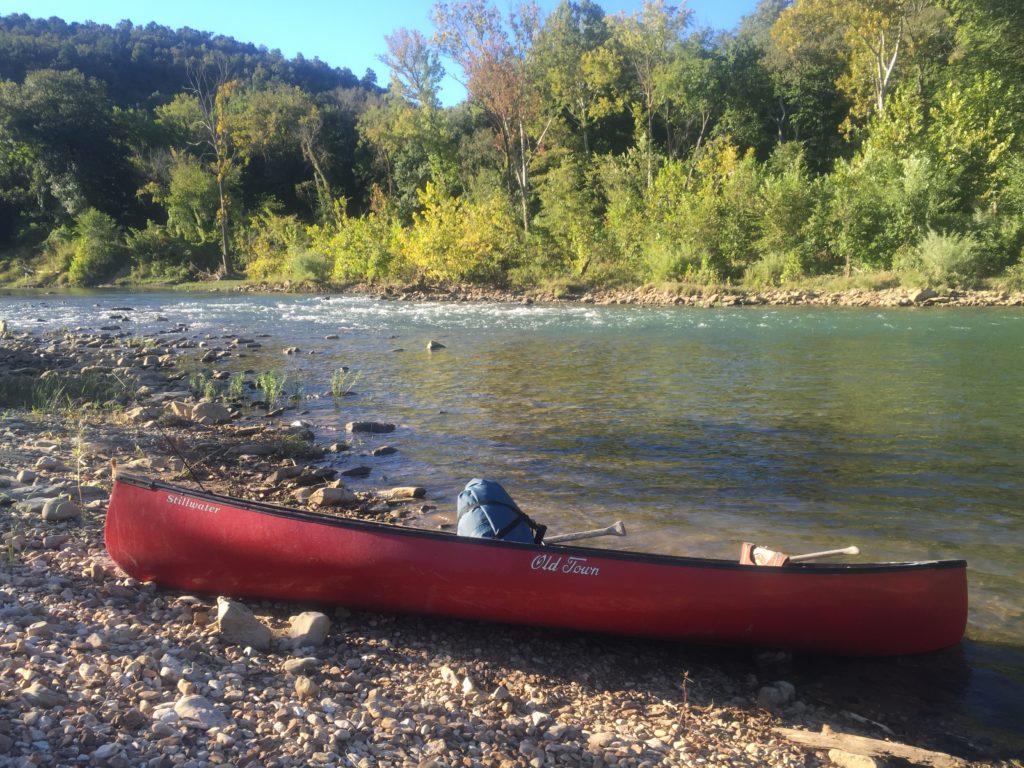
This was my first campsite a few miles downriver from Rush. There are many swift, shallow stretches, which take some skill and experience to navigate, and always some risk of puncturing a canoe on a sharp rock.
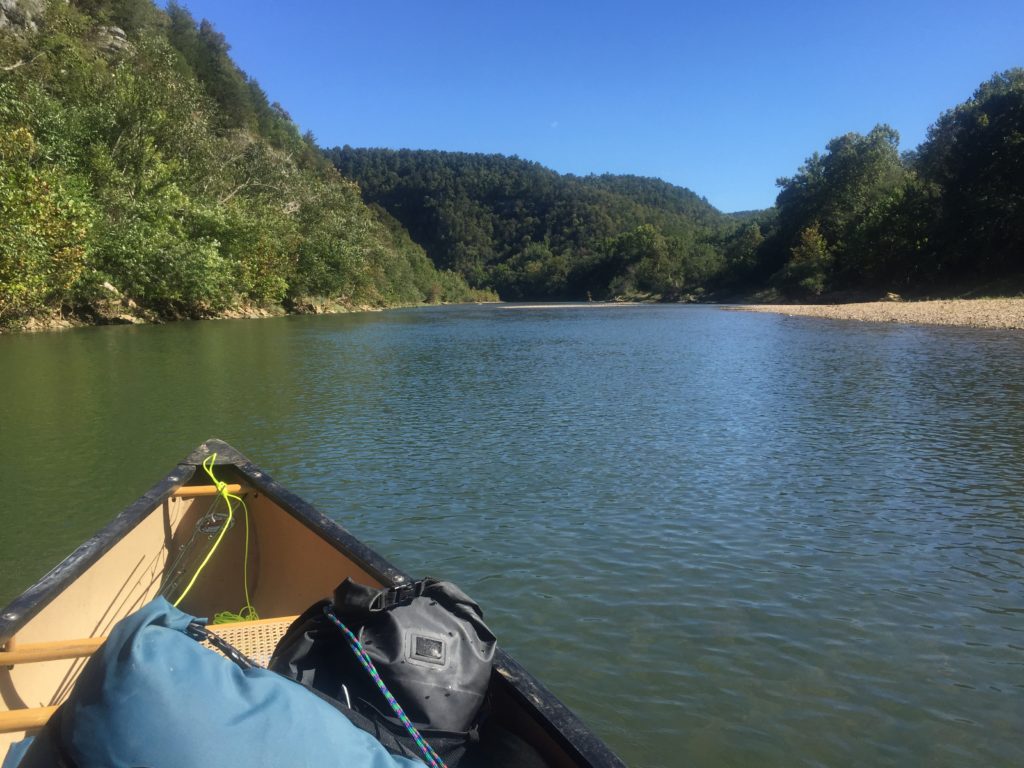
Many sections of the river are very slow and very deep, so one must be able to paddle for long stretches without much current during low water levels.
Before I head into an unknown area like this I always look on youtube to see if others have posted some video about their journeys there. I figured I would do a little video journal where I tell what was on my mind as I headed down, including descriptions of some obstacles, and why I chose certain campsites. Hope some folks find it useful and maybe inspiring.
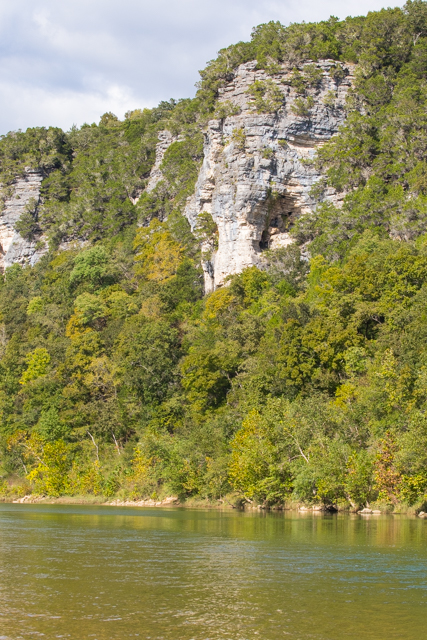
Elephant rock, which resembles its namesake, is a stunning limestone outcrop that marks the halfway point between Rush and the confluence of the Buffalo and White River
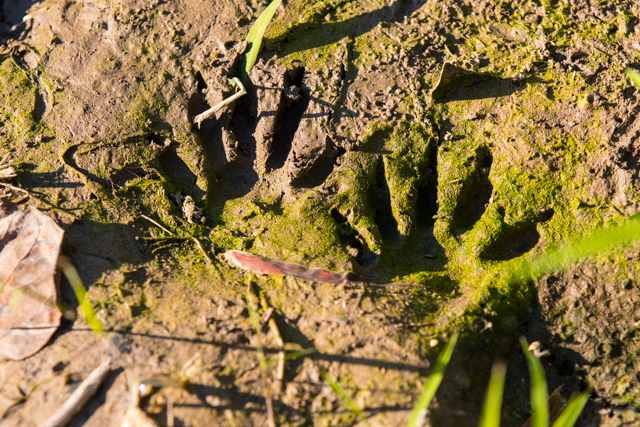
The banks of the buffalo are covered in tracks, such as these of a raccoon. I also saw bobcat, beaver, wild boar, deer, opossum, mink and coyote tracks.
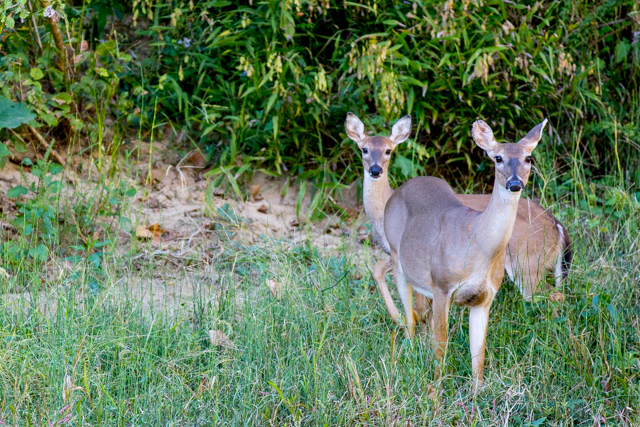
A pair of white-tailed deer eye me as I drift silently downstream.
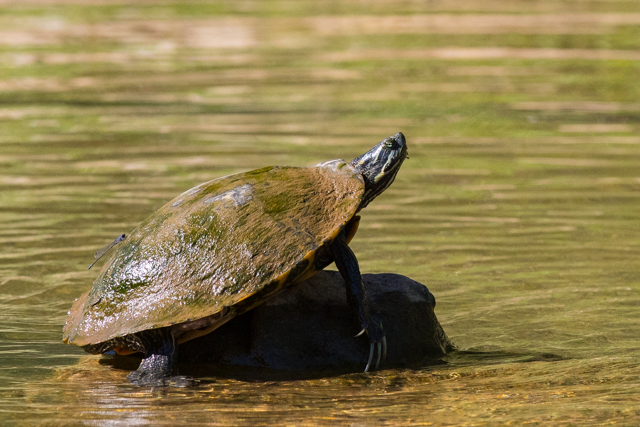
Lots of turtles, such as this river cooter sun themselves on rocks and logs along the Buffalo River. Poisonous cottonmouths and copperheads are very common here, so be cautious.
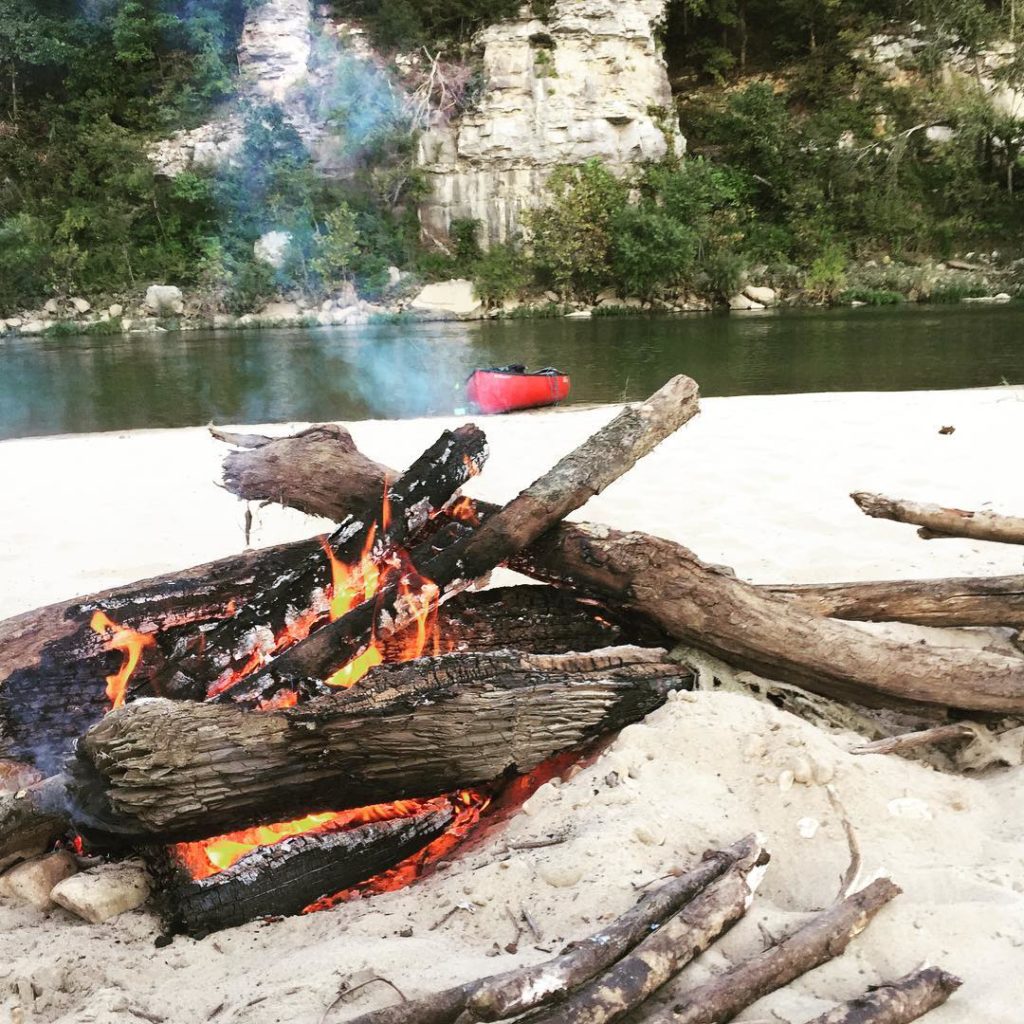
Here is a scene from my second night camping on a beautiful sandy beach near a deep, clear pool, across from a beautiful bluff.
A trip like this through a wilderness should not be taken too lightly, as once you get in the water at Rush, there are no take outs until you are finished with the entire stretch. There is no cell service in there and very few other travelers, so you are pretty much on your own. This must factor into each decision one makes as even small errors can be costly, dangerous and painful, but that is the beauty of it, it is an adventure in a wilderness area.
For me, the hardest part of a journey like this is often trying to decide what to bring. If you bring too much, your canoe sits too low in the water, but if you forget something critical, you have to do without. Here is a basic gear list and discussion of what I brought-
Clothing– Not much because the weather was mid 80’s during the day and upper 40’s at night. I wore a bathing suit all day, and sometimes a t-shirt. I had a pair of sweatpants and a fleece jacket for cool evenings and mornings. I brought some lightweight raingear in case the weatherman was wrong, which he was not.
Food- I intentionally packed very basic rations to add to my challenge. I ate bluegills for several meals which were very easy to catch when I wanted to on a little beetle spin jog. I brought a small cast iron pan for cooking fish, and also the sausage and onions I brought. Don’t forget butter, salt and pepper! I brought 2 mountain house freeze-dried meals per day, which was far more than I ate. Nuts, chocolate and trail mixes kept me fueled up during the days. I brought an orange per day for vitamin c, and also several packets of Emergency vitamin drink mix. Green tea and honey got me started in the morning.
Water- I brought 2 gallons to get me started, and a water filter which worked out great.
stove- I did most of my cooking on campfires as there was limitless dry wood around. I also brought a bioLite camp stove which I describe and demonstrate in my video above. This eliminated my need for a petroleum burning camp stove. A little handful of dry hardwood branches had my water boiling in no-time! If it had been really wet I may have brought a gas camp stove.
First aid kit- must be well stocked. Don’t crimp here!!! You are your own doc.
2 paddels- just in case you lose one.
tent
sleeping bag
camera and binos
sunscreen, sunglasses and hat- you are sitting in the sun for a long time!!
fishing gear– spin and fly. the smallmouths were amazing down there! They loved brown tube jigs and spinnerbaits.
iPhone- for video and photos, and my gps. I use an awesome app called maps.me which works without a cell signal! So handy to see where you are! Don’t forget to download the local map while you still have service!
dry bags- I packed everything in 4 small ones, and tied them into the canoe in case I flipped.
lifejacket- I only needed to wear on the deep, cold white river. Especially at the confluence! It can be a little sketchy as the current wants to push you into a curve of submerged trees.
Patch gear- In case you hit a rock and put a hole in the boat.
headlamps, flashlights and extra batteries
tennis shoes or river shoes
flip flops- for around camp
snorkle gear- Exploring the clear, fish filled water is one my favorite things to do on the buffalo!
Glass- NONE! it is not allowed on the river. Plastic or metal only.
Logistics- I used Wild Bills’ on highway 14 to drop me off where I wanted and drive my vehicle to where I wanted to stop. They are always super cool, helpful, informative and reliable. There are several great operations like this. Another is Buffalo River Float Service.
I love this magnificent river that flows through hardwood forests that are bursting with biodiversity. The pools are filled with fish, and the sounds of insects echo from the banks. There is almost no garbage on the river due to strict rules, and respectful visitors. The limestone geology creates an amazing, unique vista around every corner. My four days all alone in the Buffalo River Wilderness was both a challenge, and a medicine for my soul. Hopefully this post inspires you to find some wilderness, and let it test you and heal you.
If you want learn more about, or help support this national treasure, check out this website- Buffalo River Partners.
Paddle on!!!

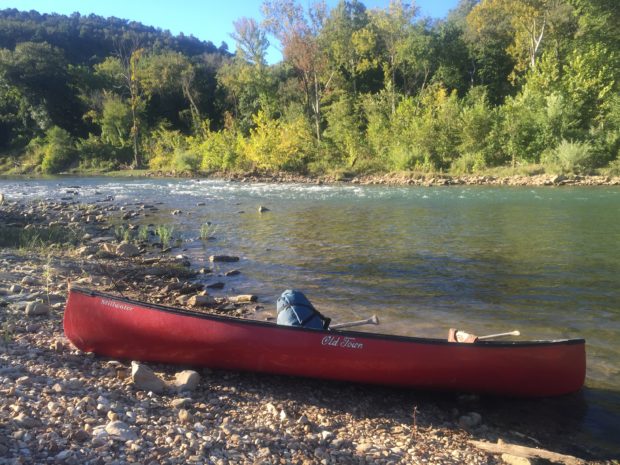

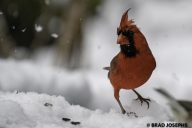
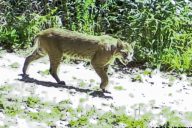
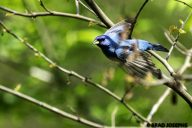
5 Comments
Thanks for sharing Brad. I thoroughly enjoyed your trip! Ginger
Sounds great! Just do everything while you can-
Enjoyed your account. Could not help noticing all the algae growing on the turtle’s back as well as the algae shown with the animal tracks. Did you notice much growth in the water itself? Many of us have been noting rampant algae covering entire river bottoms in some areas.
I didn’t really notice anything that looked like a problem, but dead dried algae in the banks sometimes. Maybe it died off recently? I Am new to the river so I woulndt notice a difference from past years.
I’m considering floating of this section. Can you elaborate on where your take out point was? Did you cross the white river below the large island at the confluence? Any tips on this would be helpful. Thanks!